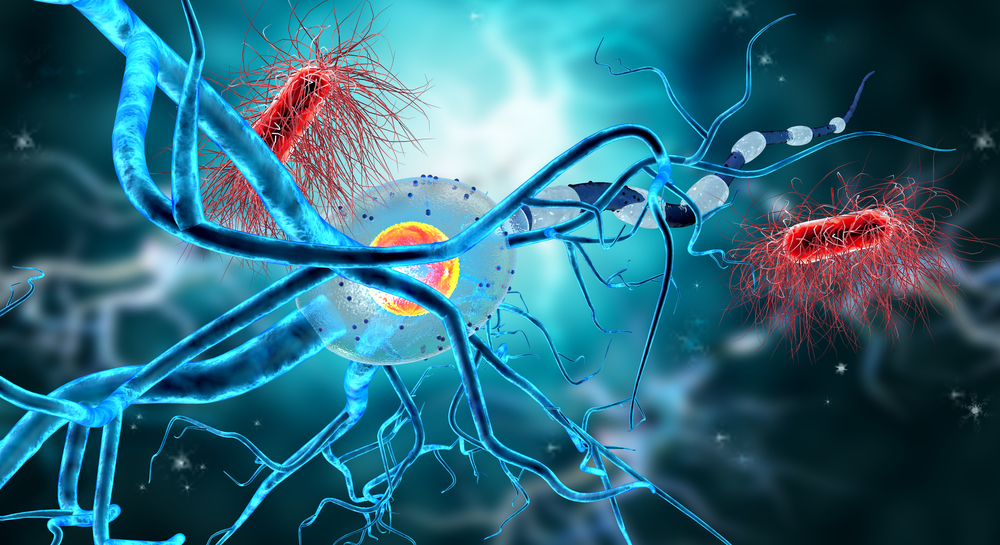
Using human induced pluripotent stem cells (iPSCs) to model autism spectrum disorder (ASD), researchers at the University of São Paulo, Brazil and University of California, San Diego have revealed for the first time that abnormalities in the supporting cells of the brain, called astrocytes, may contribute to the cause of the disorder. The findings, published in Biological Psychiatry, help explain what happens at a biological level to produce ASD behavior, and may help researchers identify new treatments for patients with the disorder.
Astrocytes play an important role in the development and function of the nervous system. But until now, iPSC models of autism have neglected their contribution. The new study, led by Dr. Patricia Beltrão-Braga and Dr. Alysson Muotri, used iPSCs to generate neurons and astrocytes to model the interaction between these brain cells and better understand how the brain forms in the disorder.
“This new use of pluripotent stem cells suggests that neurobiological approaches to autism based solely on abnormal neuronal development may fail to account for complex interplay of neurons and astrocytes that may be an underappreciated component of the biology of this disorder,” said Dr. John Krystal, Editor of Biological Psychiatry.
Induced pluripotent stem cell technology allows researchers to reprogram human cells into any cell in the body. In the study, first authors Dr. Fabiele Russo and Beatriz Freitas and colleagues used cells from three patients diagnosed with ASD and three healthy individuals to generate neurons and astrocytes. Neurons derived from ASD patients had less complex structure than healthy neurons, but adding healthy astrocytes to the ASD neurons improved their poorly developed structure. In reverse, pairing ASD astrocytes with healthy neurons interfered with their development, making them look more like the neurons from ASD patients.
“The article highlights for the first time the influence of astrocytes in ASD, revealing that astrocytes play a fundamental role in neuronal structure and function,” said Beltrão-Braga.
The researchers further investigated how the astrocytes exert their influence, and pegged a substance that astrocytes produce called IL-6, already suggested as a player in ASD, as the culprit for the defects. Astrocytes from the patients with ASD appeared to be producing too much of the substance, and the findings suggest that reducing IL-6 could be a beneficial treatment for neurons in ASD.
Importantly, ASD has been a challenging disease to model using iPSCs because of its complexity. Several genes have been linked to ASD, but their contributions remain unknown, and genetic differences between patients have made it difficult to understand the cause and develop treatments for the disorder. But in this study, the ASD subjects were selected because they shared similar behaviors, rather than similar genes. According to Beltrão-Braga, this means the findings could provide a new alternative strategy for treating ASD symptoms, independent of the patient’s genotype.




